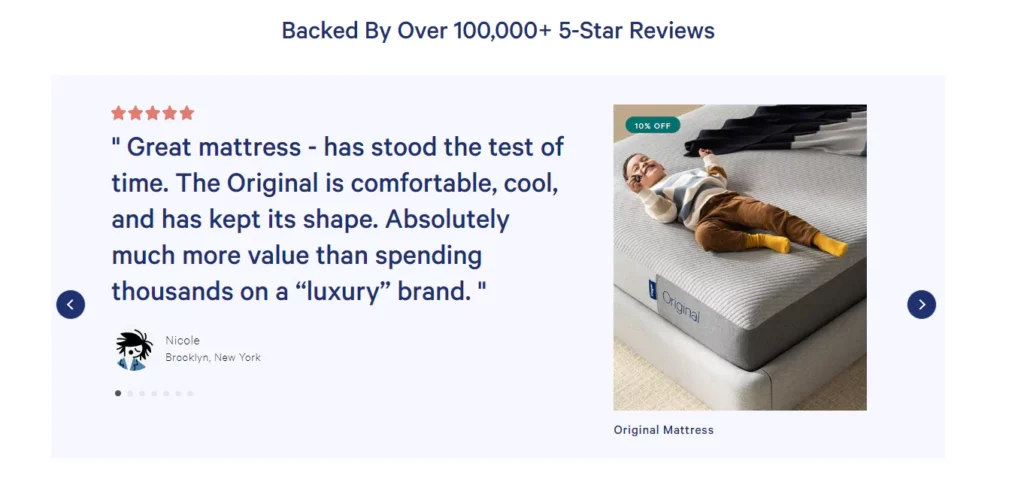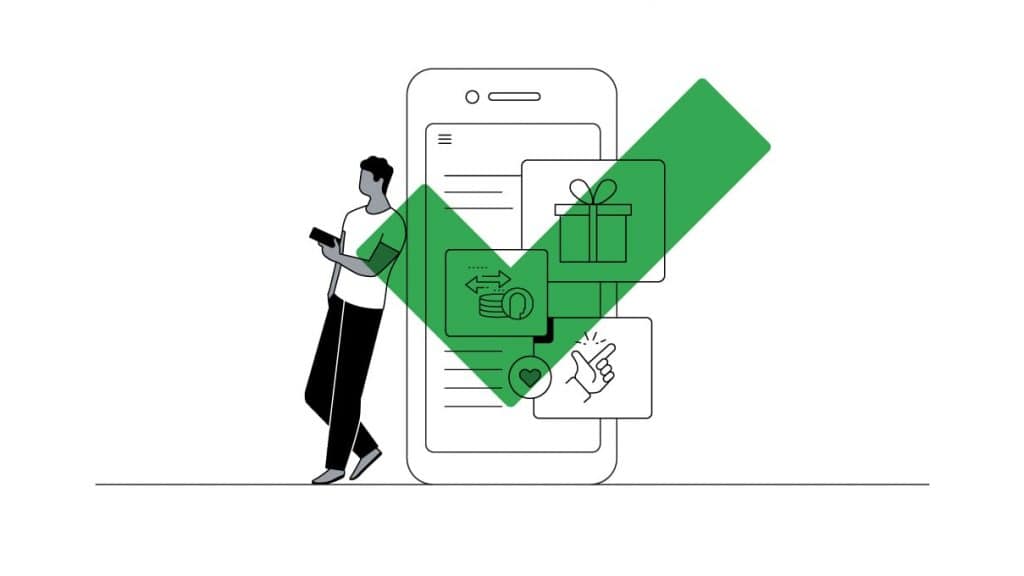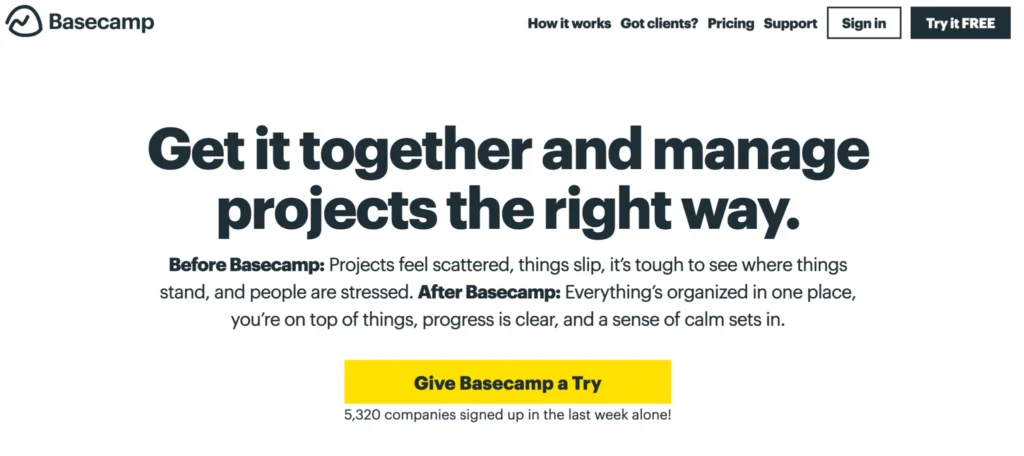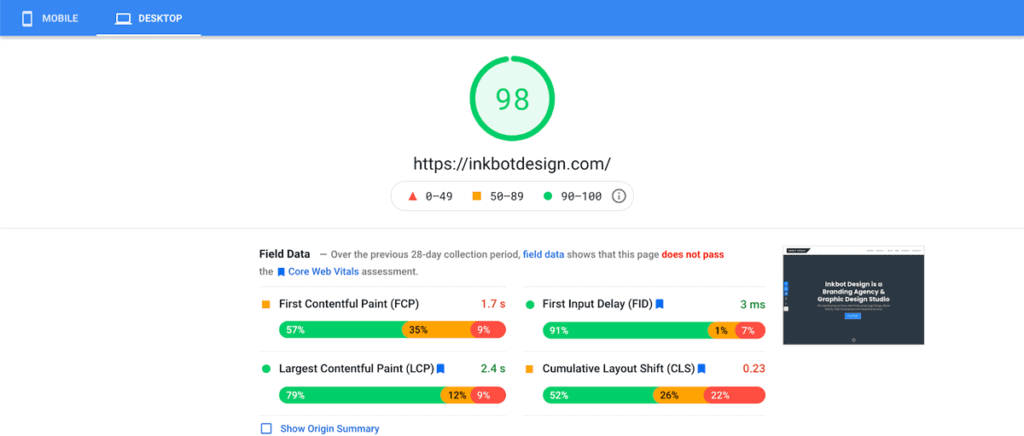Business Web Page Design: Creating an Effective Online Presence
In today's digital world, having a professional website is crucial for any business wanting to stand out online. An effective web page design grabs attention, clearly communicates your offer, builds trust, and converts visitors into customers. But with so many options, how do you create a site that achieves your business goals? This comprehensive guide covers best practices for designing an engaging business website that drives results.
Table of Contents
Know Your Audience and Goals
Before diving into design elements, prioritise clearly defining who your target customers are and what actions you want them to take. Carefully consider:
- Ideal customer demographics – Location, age, gender, income level, interests, etc.
- Customer motivations & pain points – Why would they buy from you? What struggles bring them to your site?
- Primary calls-to-action – What do you want visitors to do first? Buy something? Sign up for a newsletter. Contact you?
Aligning your content and design to appeal to your audience and guide them efficiently towards key actions will maximise your conversions.
Choose the Right Platform
With a wide variety of content management systems, ecommerce platforms, website builders, and custom development options, selecting the proper foundation for your online presence is vital.
Aspects to Consider:
- Functionality needs – Do you need an online store, booking system, member accounts, etc.?
- Budget – Weigh paying for convenience vs saving with more complex options.
- CustomiSability – Will an out-of-the-box template limit you vs a custom site?
- SEO – Select platforms that make optimising for search easy.
- Scalability – Ensure your platform can grow with your business.
Take the time upfront to analyse different solutions, so you don't outgrow your website or need a complete overhaul after launch.
Optimise Site Architecture

Carefully plotting your site structure with relevant pages and functional navigation creates a user-friendly experience.
Elements to Map Out
- Main pages – Typically home, about, contact, services/products
- Priority landers – Dedicated pages for your most essential offers/calls-to-action
- Helpful secondary pages – FAQs, guides, policy pages etc.
- Navigation menus – Group similar pages, limit main menus to 5-7 items
- Footer content – Include secondary navigation, legal pages, contact
Keeping your IA clean, simple, and scannable lets visitors quickly find what they need.
Lead with an Impactful Hero Section
Your homepage hero section is invaluable for real estate to immediately communicate who you are, what you offer, and why visitors should stick around.
Best Practices
- Showcase visuals of your product, location, team, etc.
- Highlight UVPs – What makes you stand out?
- Emphasise value – Speak to their pain points and needs
- Add a strong CTA – Get them to take action!
With eye-catching images, sparse, concise copy, and a clear call-to-action, you'll capture attention in seconds and convince visitors to explore more.
Communicate Services & Products
If you sell products or services directly through your site, making it extremely simple for visitors to understand what you offer is critical for conversions.
Tips
- Use descriptive headings – Helps them quickly grasp offerings
- Include visuals – Images/videos show rather than just tell
- Share details – Pricing, options, delivery method, what's included
- Add calls-to-action – “Shop now”, “View pricing”, “Book today.”
The clearer you communicate and the easier you make it for visitors, the more likely they'll buy from you rather than competitors.
Build Trust with Social Proof

Anxious visitors need social proof – evidence that others trust you – before converting. Weave in elements like:
- Customer testimonials – The most powerful form of social proof
- Case studies – Highlight specific customer success
- Reviews/ratings – From Google, Facebook, and third-party sites
- Logos – Recognisable brands you work with lend credibility
- Awards/certifications – Showmarks of quality from reputable organisations
The more credibility indicators you display, the more confident visitors will feel doing business with you.
Guide Visitors with Clear Calls-to-Action
Websites convert better when visitors have clear direction on actions to take. Calls-to-action (CTAs) guide them each step.
Strategies for Effective CTAs:
- Place buttons above the fold near relevant content
- Use bright colours that contrast with backgrounds
- Keep copy short and action-oriented like “Download now.”
- When possible, hyperlink text rather than just buttons
Compelling visitors to take desired actions translates to more sales and leads for your business.
Optimise for Mobile Responsiveness

With over 50% of web traffic now on mobile devices, optimising a site for smaller screens is no longer optional – it's imperative.
Mobile Optimisation Elements
- Flexible layout – Content dynamically resizes for any screen
- Tap targets – Buttons and links sized for fingertips
- Minimal horizontal scrolling – No need to pan side to side
- Fast load speeds – Lightweight images, compressed code
- Readable fonts & sizing – Content stays legible
Delivering a stellar experience regardless of device should be every website's top priority moving forward.
Drive Action with Strong CTAs in Footers
While headers capture initial attention, leveraging your website footer with clear calls-to-action keeps visitors engaged through your site.
Calls-to-Action to Include
- Email newsletter sign-up
- Special offer exclusives
- Contact information
- Secondary navigation
- Social media follow buttons
They can convert visitors into subscribers and followers once they've scrolled to the bottom.
Choose the Right Images
Imagery pulls in the eye and communicates messages far faster than words alone. However, indiscriminately selected photos can easily send the wrong message.
Selecting Impactful Images
- On-brand concepts – Align to your style and offerings
- Evokes emotions – Spark feelings that motivate actions
- High-quality – Crisp, eye-catching, well-composed
- Diversity – Represent your broader audience
- Cohesiveness – Consistent filter, style and tone
With each visual choice, always consider what experience and impression you want visitors to walk away with that serves your brand purpose.
Guide Scanning with Subheadings
Online readers don't thoroughly read – they scan for relevance using headings and subheadings. These signposts allow readers to jump to information they care about quickly.
Scannability Tips
- Break up longer sections with descriptive headers
- Ask questions – Helps intrigue readers
- Number sections when relevant – “5 Key Benefits”
- Bold and enlarge – Makes them stand out
- Leave plenty of whitespace – Easy to scan
Optimising content for easy digestibility keeps visitors engaged as they selectively consume information.
Captivate with Compelling Copy

While design is the look, words provide the feel. Crafting compelling copy brings your brand voice and value prop to life in a way that resonates with your audience.
Key Elements of Quality Web Copy
- Conversational tone – Plain, friendly language
- Reader-focused – Talk to them and their needs
- Benefit-driven messaging – Emphasise value over features
- Scannable – Short sentences & paragraphs
- Consistent terminology – Match words to the audience
Finding your brand voice and honing an engaging writing style tailored to your readers will better memorably convey your offerings.
Drive Leads with Email Capture
While selling products and services directly through your site is essential, collecting lead contact information with email signup forms drives sales long after visitors leave your site.
Optimisation Tips
- Provide irresistible lead magnets in exchange for their email, such as exclusive content, coupon codes, or contests.
- Communicate privacy promises to build trust
- Make forms short with minimal required fields
- Send compelling post-signup welcome/nurture sequences
Building your subscriber list boosts both short and long-term revenue opportunities.
Deliver Speedy Page Load Times

In an age of shrinking attention spans, slow page speeds lose visitors in seconds. Optimising site performance is vital for engagement and conversions.
Speed Boosting Tips
- Enable browser caching – Reduces server requests
- Compress images – Dramatically cuts file sizes
- Minify code – Eliminates whitespace and unused code
- Use a CDN – Serves assets from servers closest to visitors
- Limit redirects – Direct links are faster
With 53% of mobile site visitors leaving pages that take over 3 seconds to load, web performance deserves significant optimisation focus in the design process.
Carefully Choose Typography
Typography plays a sizeable role in site aesthetics and readability. Poor font choices easily frustrate readers.
Typography Best Practices
- Limit to 2-3 fonts – Too many appear unpolished
- Sans serif for headings – More modern and eye-catching
- Serif for body copy – Easier to read in paragraphs
- Sufficient contrast – Dark text on a light background
- Mobile-friendly – Avoid very thin/delicate styles
- Consistency – Stick to one primary font pair
Finding and consistently applying an on-brand, complementary font pairing enhances page aesthetics and strengthens brand recognition.
Provide a Knowledge Base
For visitors researching solutions or needing help troubleshooting issues with your product/service, an extensive knowledge base or set of FAQs serves as a self-service support channel to address common questions.
Ideas of Content to Include
- Troubleshooting/how-to guides
- Answers to most frequently asked questions
- Background on methodologies you use
- Product specs, requirements, compatibility
- Order status lookups, account management
- Returns/refund policies page
Offering easily scannable help content builds confidence in your customer service and reduces basic support requests.
Conclusion
Designing a custom business website tailored to your offerings, audience, and goals takes time and strategic thought. But the investment pays dividends through increased brand visibility, trust, and customer conversions over the long term. Keep the guidelines and best practices covered throughout this guide top of mind as you craft an online presence positioning your business for success.
Web Page Design FAQs
What are the most essential elements of effective web design?
The essential elements are understanding your target audience and business goals, crafting intuitive site architecture, optimising page speed, prominent calls-to-action, conversational copy, an impactful hero section, and conveying social proof.
How do you create website content that engages visitors?
Engaging website content uses scannable formatting like headings, benefits-focused messaging, visualised information, simple language, an approachable tone, and writing targeting readers' needs and interests.
What makes a poor business website?
Traits of a poor business website include slow page speeds, confusing navigation, excessive ads, outdated designs, broken links, cluttered pages, weak calls-to-action, too much irrelevant content, lack of mobile optimisation, and not conveying unique value.
What should you avoid when selecting images for web design?
When selecting images, avoid overly generic stock photos, visually busy patterns, inconsistent image styles and filters, poor resolution quality, disproportionate file sizes that slow page speed, and imagery that doesn't further brand messaging or emotions.
How important is website speed?
Website speed is hugely important, with 53% of mobile site visitors leaving pages that take over 3 seconds to load. Fast performance signals credibility, keeps visitors engaged, and boosts SEO rankings. Poor speed frustrates users, hurts conversion rates, and damages brand reputation.
